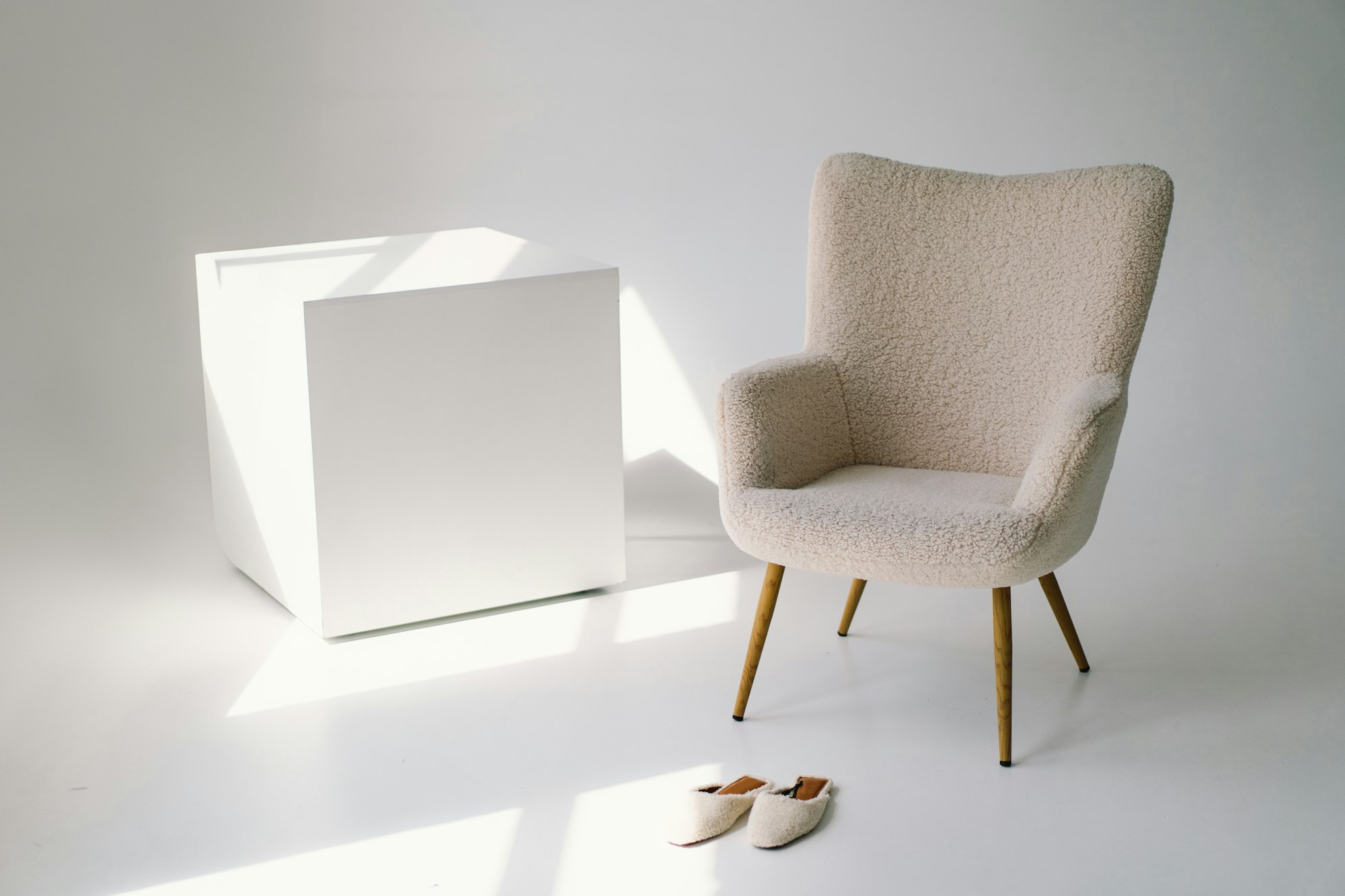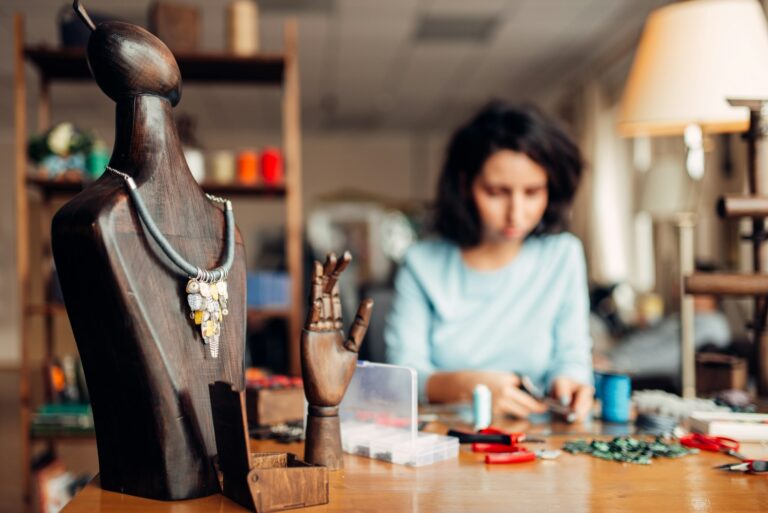Art isn’t just about vibrant colors or complex designs. Sometimes, the beauty lies in simplicity. Enter the world of minimalism, where less truly is more. Let’s explore how artists create breathtaking pieces using minimal elements, and how you can incorporate this philosophy into your creative journey.
1. The Essence of Minimalism in Art
1.1 What is Minimalism?
Minimalism is all about stripping away the non-essential. Think of it as a breath of fresh air in a cluttered room. It’s a style that focuses on simplicity, using minimal elements to create maximum impact. In the art world, this means utilizing simple shapes, limited color palettes, and clean lines.
1.2 The Philosophy Behind Minimalism
At its core, minimalism is a philosophy of intentionality. It encourages artists to focus on what truly matters, eliminating distractions and honing in on the essence of their subject. This approach can lead to profound and thought-provoking works of art.
2. Techniques for Creating Minimalist Art
2.1 Embracing Negative Space
Negative space, or the empty space around your subject, is a powerful tool in minimalism. It gives the artwork room to breathe and helps to highlight the main focus. By embracing negative space, artists can create a sense of balance and harmony in their pieces.
2.2 Using a Limited Color Palette
Minimalist art often features a restricted color palette, sometimes even monochrome. This limitation forces artists to be more creative with their use of color, focusing on shades, tones, and contrasts to convey their message.
2.3 Simplifying Shapes and Forms
In minimalism, less is more. Simple geometric shapes and clean lines are often used to create a sense of order and clarity. By reducing complex forms to their basic elements, artists can produce striking and memorable works.
3. The Impact of Minimalist Art
3.1 Creating Emotional Depth
Despite its simplicity, minimalist art can evoke powerful emotions. The use of space, color, and form can convey a wide range of feelings, from calm and serenity to tension and unease. This emotional depth is often what draws viewers in and keeps them engaged.
3.2 Encouraging Mindfulness
Minimalist art invites viewers to slow down and appreciate the subtle details. In a world full of noise and distractions, this focus on simplicity and clarity can be a refreshing change. It encourages mindfulness and contemplation, allowing viewers to connect more deeply with the artwork.
3.3 Versatility in Different Mediums
Minimalism isn’t confined to traditional media like painting or sculpture. It’s a versatile style that can be applied to digital art, graphic design, photography, and even architecture. This adaptability makes it a popular choice for contemporary artists across various disciplines.
4. Minimalism in Modern Art
4.1 Influential Minimalist Artists
Several artists have made significant contributions to the minimalist movement. Donald Judd, known for his geometric sculptures, and Agnes Martin, famous for her serene grid paintings, are just a couple of examples. Their work continues to inspire new generations of minimalist artists.
4.2 Minimalism in Contemporary Design
Today, minimalism extends beyond the art world into everyday life. From sleek, uncluttered interior designs to simple, elegant fashion, the principles of minimalism are everywhere. This widespread influence demonstrates the enduring appeal of simplicity and elegance.
5. How to Embrace Minimalism in Your Art
5.1 Start Small
If you’re new to minimalism, start with small projects. Focus on reducing elements in your work and see how it changes the overall impact. Experiment with different techniques and find what resonates with you.
5.2 Be Intentional
Every element in a minimalist piece should have a purpose. Be intentional with your choices, whether it’s the placement of a line or the selection of a color. This mindfulness will enhance the clarity and impact of your work.
5.3 Practice Patience
Minimalism requires patience and practice. It can be challenging to create powerful art with limited elements, but don’t get discouraged. Keep experimenting, learning, and refining your technique.
Conclusion
Minimalist art is a celebration of simplicity and intentionality. By focusing on what truly matters and eliminating the excess, artists can create works that are both profound and beautiful. Whether you’re an experienced artist or just starting, embracing minimalism can open up new possibilities and deepen your creative practice. So, why not give it a try? You might be surprised by the stunning simplicity you can achieve.








